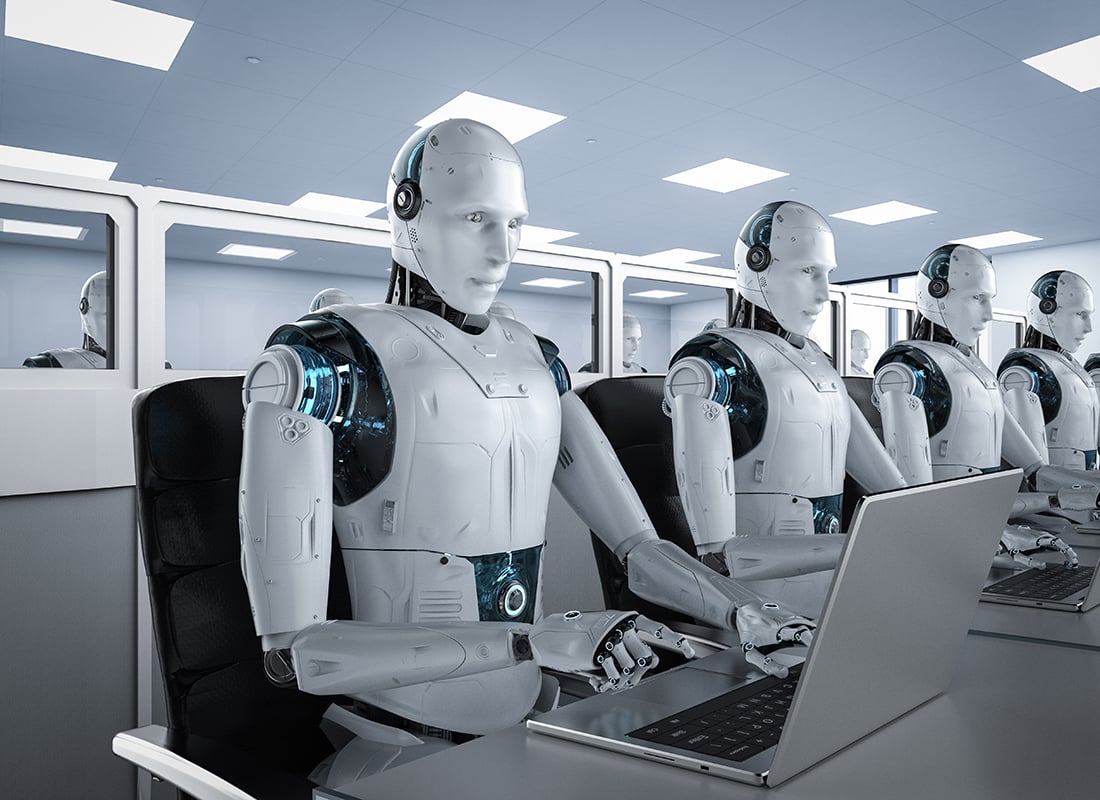
AI’s Impact on the Workforce: Automation vs. InnovationAI’s Impact on the Workforce: Automation vs. Innovation The advent of artificial intelligence (AI) has sparked both excitement and trepidation in the workforce. While AI has the potential to automate routine tasks and increase efficiency, it also raises concerns about job displacement and the need for new skills. Automation: Job Displacement and Labor Market Polarization One of the most significant impacts of AI is the potential for automation. By performing repetitive or data-intensive tasks faster and more accurately than humans, AI can replace workers in many sectors, including manufacturing, transportation, and customer service. This automation has the potential to lead to job losses and displacement, particularly in low-skill and routine occupations. Moreover, AI is also contributing to labor market polarization. As AI automates tasks, demand for both high-skill and low-skill workers is expected to increase, while demand for mid-skill workers may decline. This polarization could lead to widening wage inequality and increased economic insecurity for those in the middle of the skill spectrum. Innovation: Creation of New Jobs and Skill Requirements While AI may lead to job displacement in some sectors, it is also creating new job opportunities and requiring new skillsets. As AI becomes more sophisticated, businesses need skilled professionals who can develop, implement, and manage these technologies. This has led to a growing demand for AI engineers, data scientists, and machine learning specialists. Moreover, AI can augment human capabilities and help workers perform tasks more efficiently. For example, AI-powered tools can provide real-time insights, automate decision-making, and facilitate collaboration. This can enhance productivity, innovation, and the creation of new products and services. Adapting to the AI Era: Skills and Training To thrive in the AI era, workers need to adapt to the changing demands of the workforce. This requires developing skills in critical thinking, problem-solving, creativity, and communication. It also entails acquiring technical skills in AI, data analysis, and programming. Governments and educational institutions have a critical role to play in supporting this transition. They can provide training programs, incentivize AI research and development, and promote STEM education. Additionally, employers must invest in upskilling and reskilling programs to help their workers adapt to the new technologies. Conclusion The impact of AI on the workforce is complex and multifaceted. While AI may lead to job displacement in some sectors, it is also creating new opportunities and requiring new skillsets. By embracing innovation, investing in skills, and leveraging AI’s potential to augment human capabilities, we can harness the power of this technology to create a more productive, inclusive, and prosperous future workforce.
Posted inNews